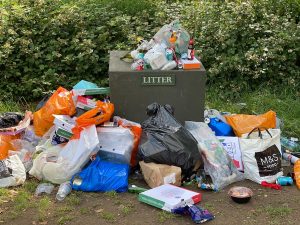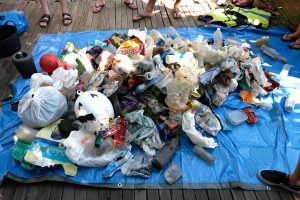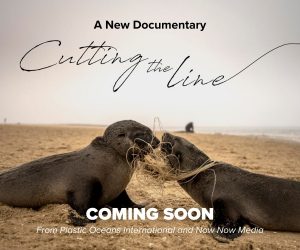Responsibility to recycle or dispose of plastic falls solely on the manufacturer
As of July 3, 2021, new legislation from the European Union promises to usher in a new era for waste reduction, recycling, and environmental economics, targeting one of the biggest culprits of marine and terrestrial pollution: plastic.
The plastic problem in Europe is glaring, with the EU alone producing a staggering 28 million tons of plastic waste annually. Seeing a clear necessity to curb this endless waste generation and sustainably utilize current existing plastic, in 2019 the European parliament crafted legislation to ban the 10 single-use plastic items most commonly found on European shorelines. These items include plastic cutlery, straws, beverage containers, bags, sanitary wipes, packets, wrappers, and more. Additionally, the law aims to bolster plastic recycling systems, mandating that all plastic packaging must be recyclable by 2030 and setting a goal of a 50% plastic recycling rate by 2025.
This strategy of plastic pollution reduction and management is garnering high praise for its comprehensive and singular nature.
Juan Castaño, regional director of Plastic Oceans Europe, describes the plan as “one of the first continent-wide legislations to promote a circular economy system, an innovative approach that aims to mitigate the current problem of waste generation and management in Europe by giving a second life to discarded materials, as well as reducing the generation of non-recyclable materials such as single-use-plastic products.”

Supporters are hoping the ban reduces scenes like this. Photo by John Cameron on Unsplash.
This experiment in large-scale zero-waste plastic circulation could not have come at a more urgent time, as pandemic conditions have only exacerbated the use of single-use plastic products across the globe.
The crucial complimentary element to this waste circulation system is its attempt to transfer any burden and compliance responsibility from the consumer to the producer. To discourage companies from continuing unsustainable business practices based on plastic generation, the EU legislation clearly states that responsibility to recycle or dispose of plastic falls solely on the producer company, providing incentive for companies to “invest more funds into developing sustainable alternatives to avoid any recycling fee,” as Castaño explains.
Not only is the legislation revolutionary in terms of its vision for plastic recycling, but the ban also has the potential to significantly reduce carbon dioxide emissions. The decreased production of oil-based plastics could reduce the European Union’s carbon footprint by an impressive 3.4 million tons of CO2. In this way, the European Union is taking a significant step forward in combating two of our time’s most pressing environmental challenges: plastic pollution and climate change.
While evidently a potent piece of legislation, the plastic ban has faced some criticism for not doing enough. The law covers only 1% of Europe’s entire plastic output, and with the price of oil remaining low for the time being, it will be challenging for Europe to stem plastic production as a whole. Despite these shortcomings, the items the ban does cover represent 70% of all marine litter found in the EU, meaning that the prohibition of these few items will have a disproportionately large impact on the health of our seas and marine life.

Plastic waste collected from a river in Sevilla, Spain. Photo by @Paddlesurfsevilla
With the ban officially going into effect on July 3, 2021, many are awaiting to see how this legislation transforms Europe’s ecosystems and raises public consciousness of the environmental and human health impacts of plastic usage. The scale of this ambitious effort truly carries the potential to encourage other countries and regions to follow suit, seeing that plastic pollution plagues coastlines and terrestrial regions without regard for national borders.
In recent years, we have all become accustomed to the horrifying images of plastic pollution that circulate through the media; shorelines coated in layers of trash, turtles ingesting plastic bags as if they were jellyfish, marine life trapped in plastic netting. With Europe’s new ban only a week away, the potential for new images to flood our imaginations has arisen: fish darting through pristine corals, waterfowl coasting along sparkling beaches, and sea turtles gliding through oceans replete with real jellyfish this time around.
Sophie Liebel is part of the environmental journalism team at Ninth Wave Global. Originally from upstate New York, she is an avid birder and wildlife advocate.

